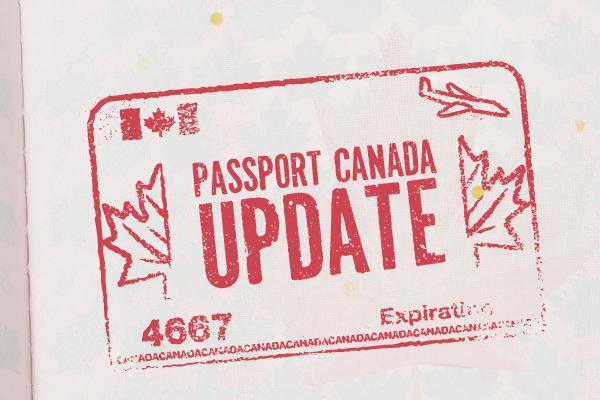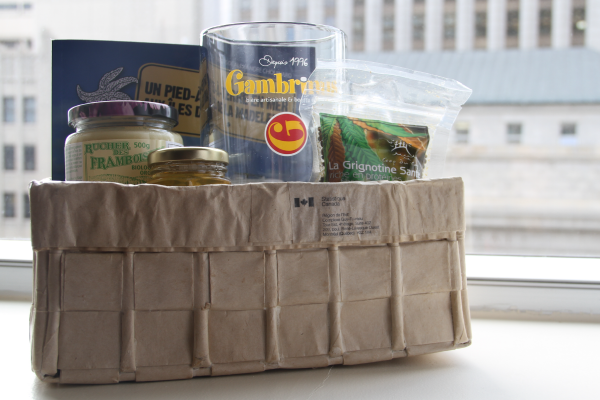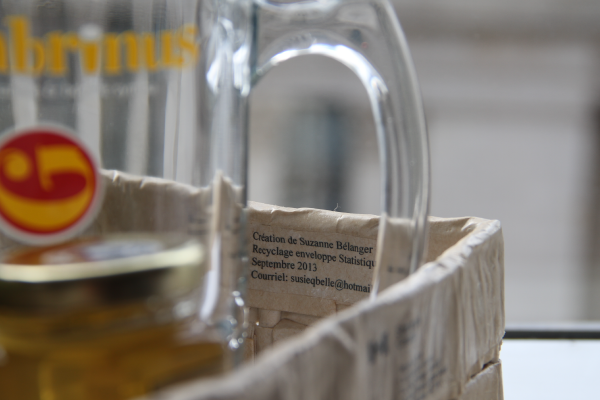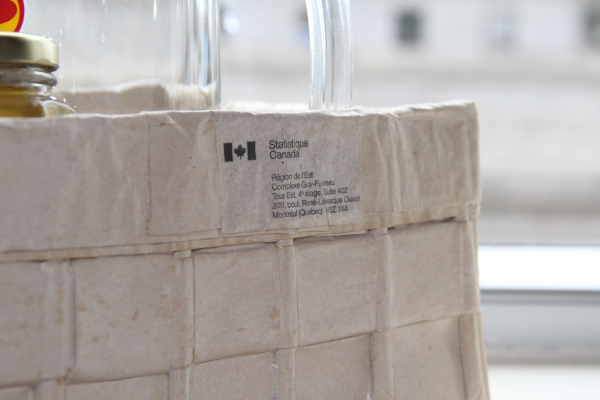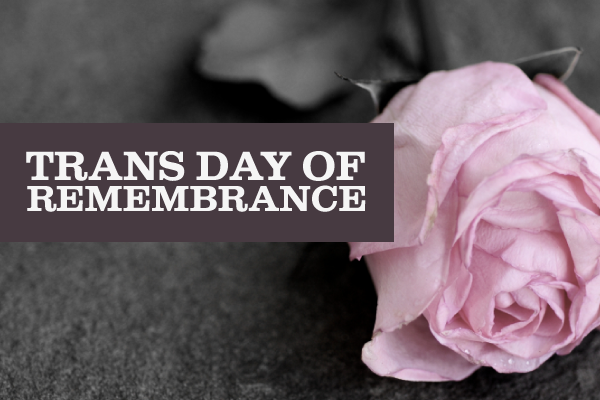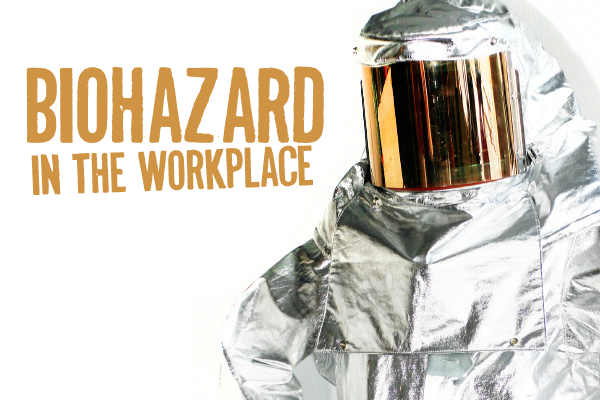
Imagine your workplace becomes quarantined. A team of hazardous materials specialists is brought in. That’s what happened at the Passport Canada mail-in centre in Gatineau just before the holidays.
At 9:30 a.m., on December 19, one of our members opened an envelope that contained white powder. Emergency procedures were put into place. After being quarantined for part of the afternoon, the hazmat team deemed the powder harmless and allowed our members to go home.
“We’ve had this happen before,” explained Local President Rose Touhey.
This time, additional precautions were taken (luckily!) including a lock-down of the employees.
But every emergency situation has its hiccups. In this case, some members got locked outside during a break. A city bus was brought on-site to shelter them from the cold.
The risk of exposure to anthrax has to be taken very seriously. Just one week after the 9/11 terrorist attacks, letters laced with anthrax started circulating. The 2001 letters killed 5 individuals; two of whom were postal workers. Many more were affected, including public servants working in the US Senate.
On our side of the border, the first “anthrax letter” was delivered in January 2001 at a Citizenship and Immigration Canada office in Ottawa. While the letter was found to be a hoax, it nonetheless was responsible for shutting down an entire government building.
That same year, Canada Post reported 277 anthrax-scare incidents. In the first half of October 2001 alone, the FBI had responded to over 2,300 such incidents, according to then-FBI Director Robert Mueller.
And while most of these turned out to be hoaxes, every instance where a person could be coming into contact with a bio-threat has to be treated with the utmost caution. A letter laced with just a tenth of a gram of anthrax can deliver 15 to 320 times the lethal dose of spores to whomever is opening the envelope. One gram can deliver up to 2,680 times the lethal dose.
Given the heightened state of stress, the increased breathing rate can double or triple these figures.
Last month’s hoax is an important reminder that we can never be too prepared.
“The good news is that we’re going to be developing an enhanced procedure,” explained Touhey.
The incident will be the topic of the next health and safety meeting.
“Whether you’re blue-collar or white-collar, we all face threats in the workplace,” said National President Doug Marshall. “It’s a reminder to be prepared and to be vigilant.”
“I also understand that Rose Touhey and Karl Lafrenière handled this unusual situation with a great deal of professionalism,” added Marshall. “Kudos to both of them!”

